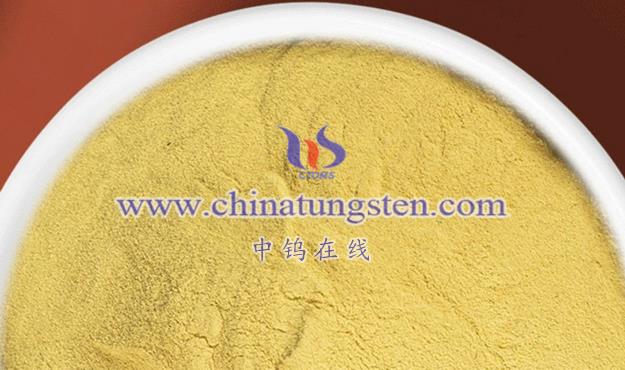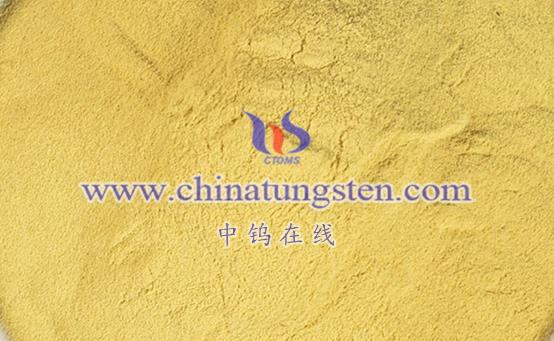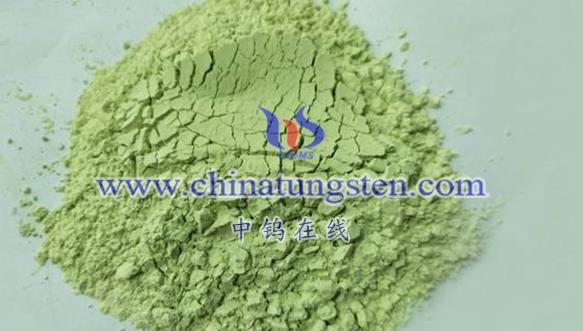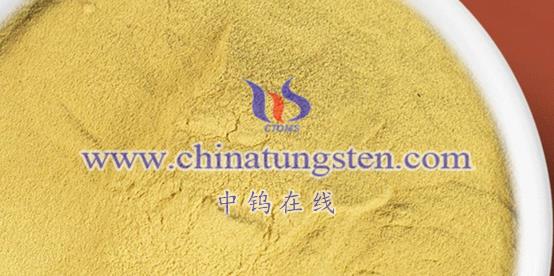
Reducing the impurity content in tungsten oxide nanomaterials is an important step in enhancing their performance. Below are several commonly used methods:
- Raw Material Selection and Pretreatment
- High-Purity Raw Materials
Selecting high-purity tungsten oxide or related precursors as the raw material is the foundation for reducing impurity content. Ensuring that the impurity level of the raw material is as low as possible helps control impurity introduction from the source. - Raw Material Pretreatment
Before preparing tungsten oxide nanomaterials, pretreating the raw materials (e.g., cleaning, sieving, drying) helps remove surface impurities and adsorbed moisture.
- Process Optimization
- Precise Control of Reaction Conditions
During the preparation process, precisely controlling reaction parameters such as temperature, time, and pressure ensures that the reaction proceeds fully and minimizes the generation of by-products. This reduces impurity content and increases product purity. - Optimizing the Reaction System
Choosing appropriate solvents, catalysts, and additives can optimize the reaction system to improve the purity and yield of the product. Additionally, avoiding reagents and raw materials that could introduce impurities is crucial.
- Post-Treatment and Purification
- Washing and Filtration
Washing and filtration steps can remove soluble impurities and unreacted raw materials from the product. These steps can be repeated multiple times to enhance product purity. - Recrystallization and Purification
To achieve higher purity, methods such as recrystallization, extraction, and ion exchange can be employed. These techniques effectively remove trace impurities, improving the overall purity of the product. - Thermal Treatment
Subjecting the product to thermal treatment at appropriate temperatures can promote crystal growth, repair defects, and remove some volatile impurities. However, it is important to strictly control the temperature and time during thermal treatment to avoid decomposition or phase changes of the product.
- Specific Impurity Removal Methods
For specific impurities such as tin (Sn), arsenic (As), phosphorus (P), and molybdenum (Mo), the following methods can be used:
- Chlorine Roasting to Remove Tin
A solid chlorinating agent can be used to carry out chlorine roasting on tungsten oxide containing tin, causing the tin to volatilize and thus be removed. Common chlorinating agents include ammonium chloride (NH₄Cl) and iron chloride (FeCl₃), with the roasting temperature typically around 850°C. - Oxidative or Reductive Roasting to Remove Arsenic
Tungsten oxide containing arsenic can be roasted under weak oxidative or reductive conditions to volatilize arsenic in the form of lower oxidation state oxides. Roasting temperatures typically range from 700 to 800°C, and appropriate amounts of charcoal or coal powder are used as reducing agents. - Leaching with Dilute Hydrochloric Acid to Remove Phosphorus
For tungsten oxide containing phosphorus, leaching with dilute hydrochloric acid can dissolve the phosphorus in the form of phosphates, effectively removing it. - Flotation or Leaching to Remove Molybdenum
Flotation or leaching methods can be used to remove molybdenum from tungsten oxide. Flotation is suitable for removing molybdenum sulfides, while leaching is better for removing molybdenum in oxide form.
- Quality Control and Testing
- Establishing a Strict Quality Control System
A stringent quality control system should be established during the preparation process, including regular testing and analysis of raw materials, intermediate products, and final products to ensure that impurity levels meet required standards. - Using Advanced Detection Technologies
Advanced detection techniques such as inductively coupled plasma mass spectrometry (ICP-MS) and X-ray fluorescence (XRF) can be used for quantitative and qualitative analysis of impurities in tungsten oxide nanomaterials. These techniques improve the accuracy and reliability of impurity detection.
Conclusion
Reducing impurity content in tungsten oxide nanomaterials involves multiple approaches, including raw material selection, process optimization, post-treatment and purification, and specific impurity removal methods. Additionally, establishing a strict quality control system and using advanced detection techniques are crucial for ensuring product quality.
More details of tungsten oxide product, please visit website: tungsten-oxide.com
Please contact CHINATUNGSTEN for inquiry and order of tungsten oxide:
Email: sales@chinatungsten.com
Tel.: 86 592 5129595























